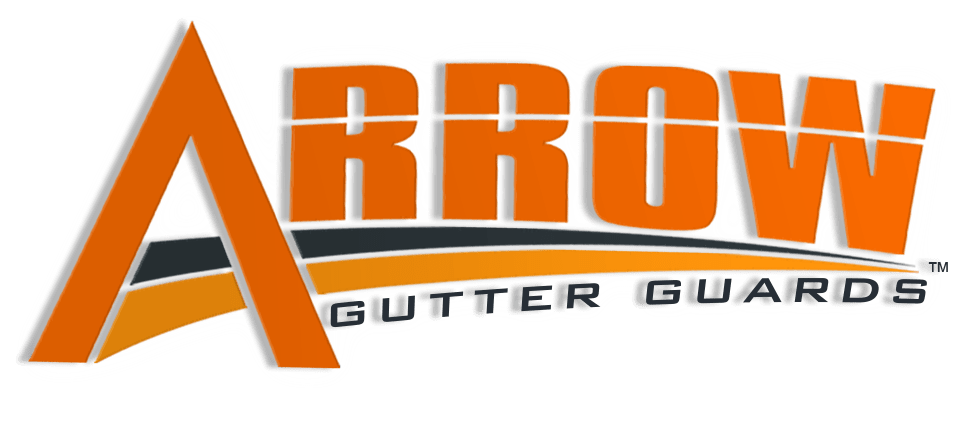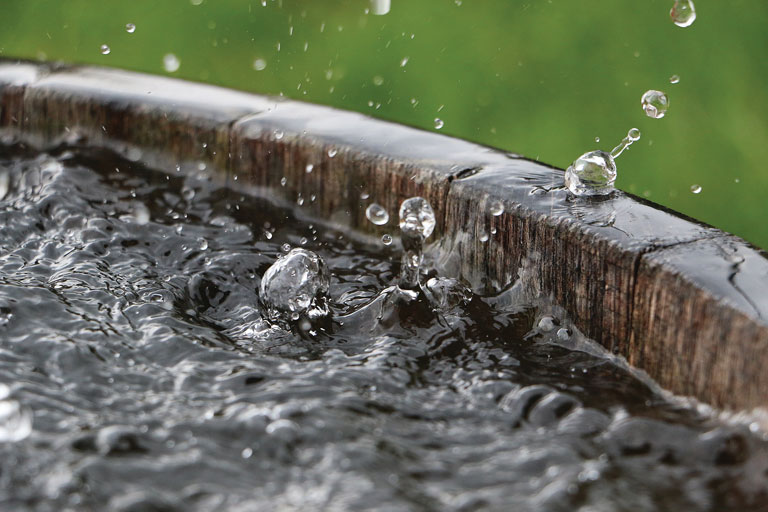What is Rainwater Harvesting?
Rainwater harvesting is the collection, transport, and storage of rainwater from rooftops for reuse. This sustainable practice provides clean, fresh water for areas requiring large volumes of water for landscape irrigation, emergency reserves, fire protection, wildlife and livestock, outdoor washing applications, and ponds or fountains. Harvesting rainwater can also be used for swimming pools and indoor uses, such as toilet flushing, utility sinks, showers, and washing machine or dishwasher appliances.

Water Scarcity During Drought
Why Should You Harvest Rainwater?
is the collection, transport, and storage of rainwater from rooftops for reuse. This sustainable practice provides clean, fresh water for areas requiring large volumes of water for landscape irrigation, emergency reserves, fire protection, wildlife and livestock, outdoor washing applications, and ponds or fountains. Harvesting rainwater can also be used for swimming pools and indoor uses, such as toilet flushing, utility sinks, showers, and washing machine or dishwasher appliances.
If you live in an area where water is scarce due to drought, groundwater depletion, pollution, or saltwater flooding and contamination, an effective rainwater harvesting system can supply you with a reserve of freshwater for on-demand use.
If you are in an area that experiences large amounts of rainfall, rainwater harvesting can also serve as a strategic approach for stormwater control to prevent run-off, flooding, erosion, and pollution from pesticides, fertilizers, or petroleum from entering a groundwater supply.
Rainwater is also highly valued for its neutral pH, which reduces the scaling of appliances without using a water softener. Because rainwater is also ideal for plant irrigation as it is free from sodium and other minerals that hinder root growth and, ultimately, plant resilience.
How to Start Rainwater Harvesting for Permaculture
While there are several reasons for which to begin rainwater harvesting, many often start the practice for sustainable landscape irrigation or permaculture.
Permaculture involves designing home landscapes to mimic the diversity, stability, and resilience of local ecosystems in a highly efficient and sustainable manner. If a permaculture garden is built effectively, it will be self-sustaining while continuously utilizing its natural surroundings, such as rainwater and mulch from dead foliage for new growth.
To get started with an effective permaculture system, try the following steps:
-
Assess Your Area
Depending on your locale, you may need a permit to start rainwater harvesting. The Rainwater Harvesting Regulations Map, created by the Federal Energy Management Program, is an available resource that lists the varying regulations across the United States.
Similarly, it is crucial to understand the rainfall availability within your locale. The amount of available rainwater in your area will inform the purpose for which you choose to harvest the rainwater. While soil types vary per region, a 55-gallon rain barrel can irrigate a 10×10 feet area of heavy clay soil to a depth of about 5-8 inches. Depending on your irrigation needs, you may opt to use harvested rainwater for other outdoor purposes or supplement your rainwater supply with a municipal source.
-
Determine What You Need
Rainwater harvesting systems vary in complexity, depending on the intended purpose of your rainwater use. However, regardless of complexity, all rainwater harvesting systems must contain: a catchment surface, a conveyance system, storage, distribution, and treatment.
The first line of defense for any rainwater harvesting system should include micromesh gutter guards. Because gutters are the primary form of conveyance for most systems, gutter guards are essential to filtering rainwater of unwanted debris, keeping out pathogen-carrying pests or insects, and preventing moss and algae formation. With exceptionally little routine maintenance, Arrow Gutter Guards also allow for high water flow, making them suitable for regions with significant rainfall.
Outdoor rainwater applications only require a basic rainwater collection system. The roof serves as a catchment surface, gutter guards provide filtration, downspouts serve as conveyance, and a food-grade rain barrel, tank, or cistern collection point serves as rainwater storage.
Rainwater harvesting systems intended for potable or indoor uses are more complex due to the need for higher-grade filtration and chemical treatment. Beyond the system basics required for simplified outdoor rainwater use, the potable systems require additional filtration and disinfection systems. In addition, the materials used to collect and store the rainwater for indoor use must also be free of harmful contaminants such as lead or heavy metals.
Depending on your distribution needs, your rainwater harvesting system may also require additional components, such as pumps, backflow prevention, flow and water level meters, and a power supply.

Permaculture Gardening
-
Plan for Maintenance
The system maintenance for an outdoor or non-potable rainwater supply is minimal if the system is designed appropriately. However, regardless of complexity, rainwater harvesting systems typically require basic upkeep, such as cleaning roof washers and tanks, purging any flush systems, and brushing debris from the tops of gutter guards.
With a more complex system intended for potable use, cartridge filters must be changed, disinfection equipment must be maintained as indicated, tank levels must be monitored, and water should be tested for drinkability. If consulting with a rainwater harvesting system manufacturer, you can also benefit from warranties ranging from 15-30 years for storage tanks and pipes, or up to 10 years for directional water pumps.


